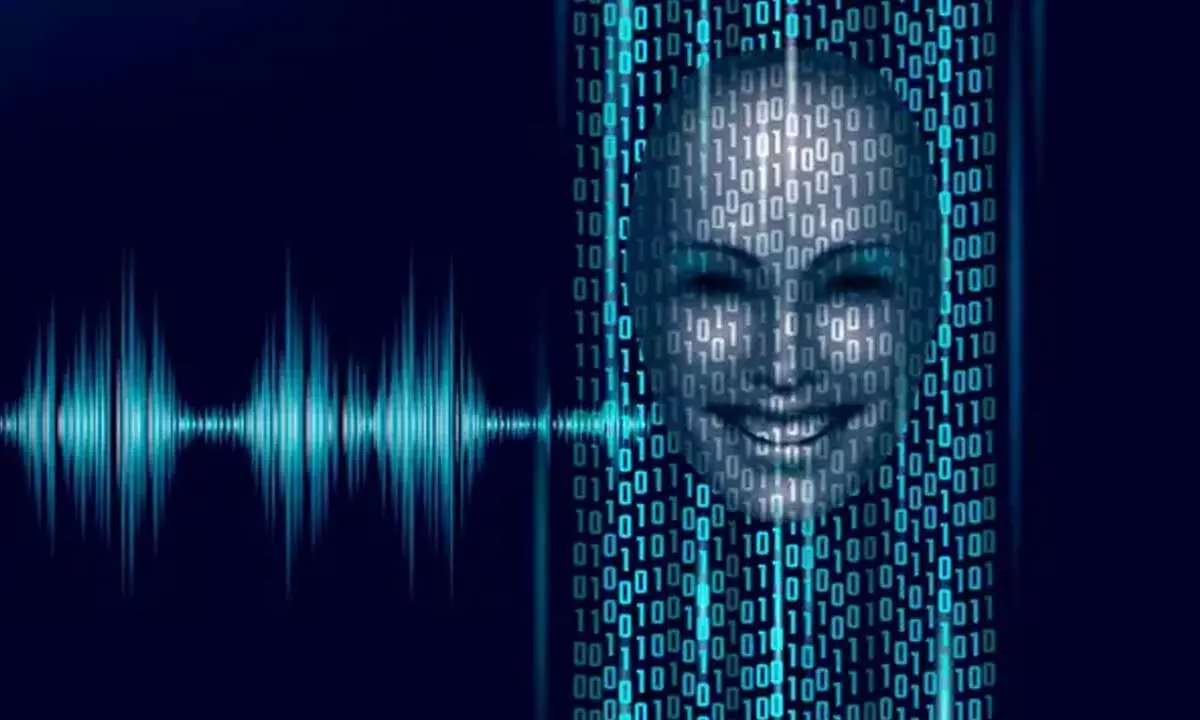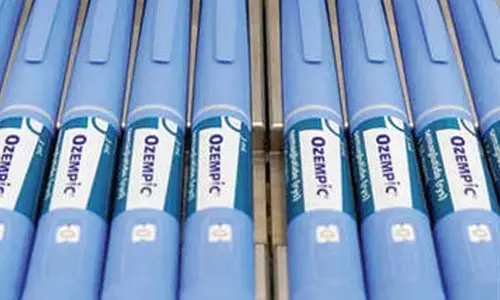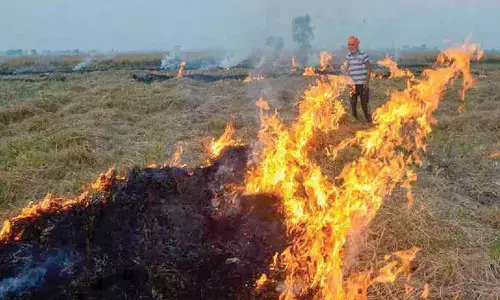Explained: What is AI Deepfake and How to be safe from this

After a video has gone viral showing a fake appearance by actress Rashmika Mandanna, concentration is once again focused on the disturbing world of AI deepfakes. Here's what AI deepfake and how to stay safe from this AI technology.
In the wake of a fake viral video of actress Rashmika Mandanna, attention is once again focused on the disturbing world of AI deepfakes. This rapidly advancing technology has the potential to convincingly mimic people in videos, raising concerns about the spread of misleading content. Here, we delve into AI-based deepfake technology, shed light on what they are, and give tips on safeguarding yourself in an era where digital spoofing is on the rise.
What is AI Deepfake?
AI deepfakes are a form of digital manipulation that uses artificial intelligence (AI) algorithms to create compelling fake content, such as images, videos or audio recordings. These fake media are designed to look like they are created or presented by real people when, in reality, they are entirely fake.
Deepfake creators begin by collecting a substantial amount of data about the targeted individual through social media and other platforms. After this, AI technology is used to analyze and learn from the collected data. They identify and map facial features, expressions, voice patterns and other characteristics specific to the target person. You can then manipulate or impose this reconstructed data on other individuals or bodies in videos or images.
This artificial intelligence technology has raised concerns because it can be used for deceptive purposes, such as spreading misinformation, creating fake news, or impersonating people. As a result, there is growing interest in developing tools and regulations to detect and mitigate potential harms associated with this technology.
AI Deepfakes: How to Be Safe?
The amount of personal information they share online should be limited to reduce the data available to create deepfakes. To improve your safety, it is recommended that you refrain from publicly sharing your photos or videos that could be used to generate deepfakes. For now, people who are concerned about their data (being on social media platforms) should consider changing their Instagram account to private instead of keeping it public.
If yours is a business account, you can also archive (hide) your personal images or videos on Instagram in settings. Additionally, it's best to protect your online accounts with strong, unique passwords. It is best to be on high alert about what is shared publicly until the government takes some legal and regulatory measures to combat the spread of false content on the Internet.




















